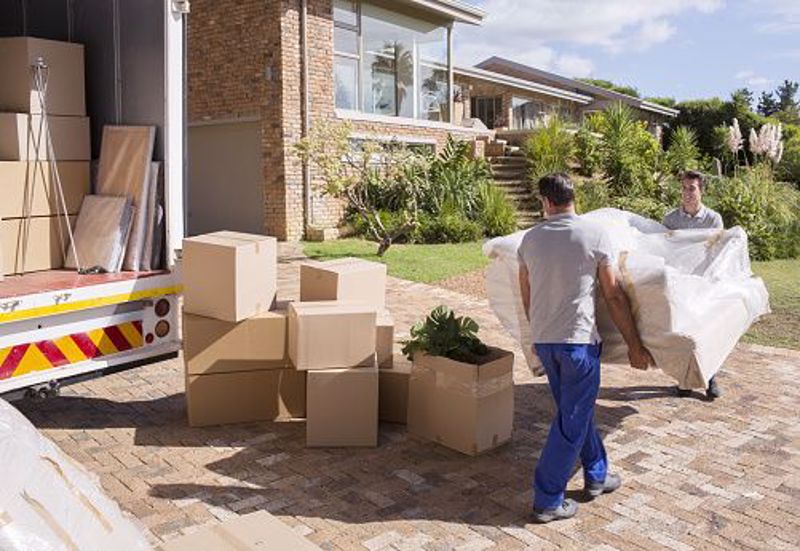Lowes loves your home and much as you do and knows many of us have to move house from time to time. With a Lowes Discount Coupon from We Are Coupons you can save money on all the items you need to move house. A long distance move can be a challenge. It requires a lot of planning to make it go smoothly.
Taking inventory of your belongings is important to ensure all of them arrive safely in the new house. Labeling boxes with their contents also makes it easier for movers to place them where they should go.
Take Inventory
Taking inventory is an essential part of the moving process and helps ensure that all your belongings arrive at your new home safely. It can be done either by hand or using an app, and you should go room by room to make sure that nothing is missed.
Besides documenting your items’ condition and value, you should also note what rooms they belong in. This will help you to easily find them when you’re unpacking and will save you time if you need to locate an item quickly. This step will also be useful if you need to contact your insurance company in the event that something is lost or damaged during transit.
Start by completing a basic home inventory sheet, which can be as simple as pen and paper or an electronic form. You may wish to include pictures of valuables and electronics as well as any important receipts. Some people prefer to divide their inventory into categories such as furniture, clothing, electronics and décor. Then, they list each item, including its description and a rough estimate of its value. You should also note what room the item is in and whether it’s packed or not.
Once you’ve completed the home inventory, you can begin to pack your items. It’s best to do this as early as possible, so that you don’t forget anything. You should also try to avoid cramming too many items into one box, especially with fragile or expensive items. Lastly, be sure to label each box with your name and the room it belongs in, as this will ensure that your boxes don’t get mixed up or dropped off at the wrong location during transit.
Be sure to pack your kitchen last, as you’ll need it most during the move. Leaving this room until last will also give you the opportunity to sort through your belongings and sell or donate any you no longer need or want. The fewer things you have to move, the cheaper your moving costs will be. This is an excellent way to clean out your closets and garage before the big move and it’ll help you to make more room for your belongings that you actually want in your new home.
Packing
Long distance moves are different than local ones, and they require careful planning. For starters, you should take inventory of your belongings before moving. This will help you figure out exactly what you need to pack and will save you time and money in the long run. Taking an inventory will also ensure that you don’t lose any items in the move. You can use a mobile app or simply a notebook and pen to take an inventory of your belongings before your move.
Start packing your belongings weeks or even months in advance. Ideally, you should begin by packing off-season items like winter coats, and books and other one-time-only items. This way, when it is time to actually move, most of your belongings will already be packed and ready to go. It will make the process much easier and less stressful.
When packing, remember to label your boxes carefully and clearly. You should also write a brief description of what is inside each box and what room it goes in. You should also number each box so that it is easy to find if it gets lost in the move. This will also make unpacking much easier once you are in your new home.
Some families choose to pack an essentials box, which includes things they will need right away when they get to their new house. This could include important papers, chargers, and toiletries. They might also pack a set of sheets and towels, extra undergarments, a few outfits to wear while getting settled in, and a few toys or stuffed animals for the kids.
When packing, remember to place fragile items in sturdy boxes and wrap them with bubble wrap or paper. You can also use old t-shirts or linens to wrap fragile items and protect them from damage. This will make sure that your fragile items arrive at their destination safely. It is also a good idea to mark boxes that contain fragile items with a red flag so that the movers know they need to be handled with care.




